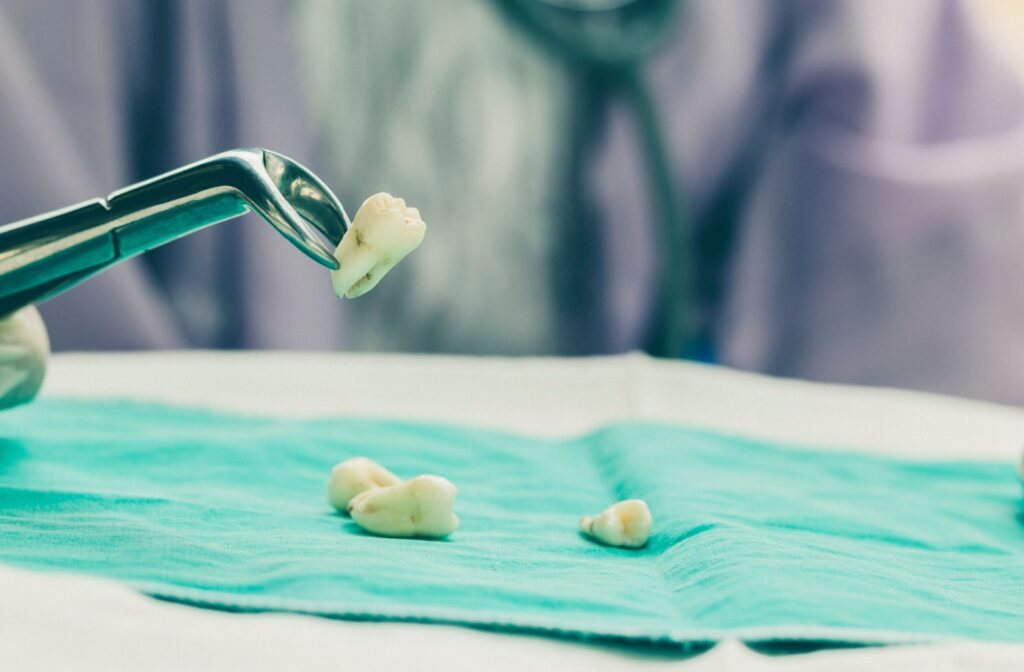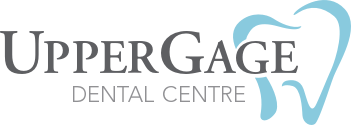After a tooth extraction, it is important to take proper care of your mouth and follow the instructions given by your dentist. Knowing what foods are safe and what to avoid will help you heal.
Immediately after the procedure, avoid eating anything until the numbness from the anesthetic wears off. This usually takes about 1–2 hours. Keep the extraction site clean during this time and avoid unnecessary pressure or disturbance.
Once the numbness wears off, you may feel some discomfort and pain in the area. Stick to soft foods that require minimal chewing, such as soup, mashed potatoes, yogurt, and smoothies. Avoid hot or spicy foods, which can irritate the wound and cause further discomfort.
Soft Food Ideas
Soft food options that are easy to eat and won’t disturb the extraction site include:
- Blended soups and broths are easy to swallow and provide necessary nutrients.
- Mashed potatoes are a classic comfort food and a great option requiring minimal chewing.
- Yogurt is creamy, cool, and packed with probiotics and can help promote healing.
- Smoothies are a delicious way to get essential vitamins and minerals while giving your mouth time to heal.
- Eggs, whether scrambled, boiled, or poached, are a great source of protein and can be easily eaten without chewing.
- Oatmeal is easy to make and easy to eat and provides a healthy dose of fibre and nutrients.
- Avocado is rich in healthy fats and can be mashed into guacamole or spread on toast for a nutritious and soft option.
- Cottage cheese is soft, creamy, and high in protein, making it a great option to add to your diet.
- Mashed bananas are a sweet and healthy treat requiring minimal chewing.
- Applesauce is a classic option for post-extraction care as it is easy to eat and gentle on the gums.
- Pudding is soft and easy to swallow and can also satisfy any sweet cravings.
Remember to avoid using a straw when drinking, as the sucking motion can dislodge the blood clot in the extraction site, leading to dry socket.
Foods to Avoid
After your tooth extraction, avoid hard, crunchy, or sticky foods since they can get stuck in the extraction site and cause irritation or infection. Some examples include:
- Crunchy and sticky food such as chips, popcorn, nuts, and gum
- Hard foods like raw vegetables and fruits, crusty breads, and tough meats
- Spicy or acidic foods, which can irritate the extraction site and cause discomfort
- Carbonated beverages, as the carbonation can dislodge the blood clots in the extraction site
You must also avoid smoking or using tobacco products, as they can delay healing and increase the risk of complications. And don’t consume hot foods or liquids immediately after your extraction, as it can cause bleeding and discomfort.
Hydration Is Key
Staying hydrated is important for overall health, but it becomes even more crucial after a tooth extraction. Drinking plenty of water helps keep your mouth clean and aids in the healing process. It also prevents dry mouth, which can lead to bad breath and other oral health issues.
Tips for Eating After a Tooth Extraction
Here are some tips to keep in mind when eating after a tooth extraction:
- Take small bites and chew slowly to avoid putting unnecessary pressure on the extraction site.
- Use utensils to cut food into smaller pieces if needed.
- Rinse your mouth with warm salt water after meals to keep the area clean and promote healing.
- If you experience any pain or discomfort while eating, stop and take a break. It is important to listen to your body and not push yourself too hard.
- Stick to soft foods for the first few days, gradually introducing more solid foods as the extraction site heals.
If you are unsure what foods are safe to eat, consult your dentist for specific recommendations.
Tips for Faster Healing
Aside from proper nutrition and hydration, there are a few other things you can do to promote faster healing after tooth extraction:
- Avoid vigorous rinsing or spitting for the first 24 hours. This can disrupt the blood clot and slow down healing.
- Use ice packs to reduce swelling and discomfort in the first few days after the extraction.
- Take over-the-counter pain medication as directed by your dentist to manage any discomfort.
- Follow all post-extraction care instructions provided by your dentist, such as avoiding smoking and using a special mouthwash.
- Remember to keep up with your regular oral hygiene routine, gently brushing and flossing around the extraction site to prevent infection.
It’s normal to experience discomfort and swelling after a tooth extraction, but if you have severe pain or bleeding that does not stop, contact your dentist immediately. They will be able to assess if there are any complications and provide further treatment if needed.
Visit Upper Gage Dental Centre for Tooth Extractions
At Upper Gage Dental Centre, our experienced dentists are committed to providing safe and effective tooth extractions. We also offer post-extraction care instructions and are always available to answer any questions or concerns during recovery.
Contact us today for more information or to schedule an appointment.



